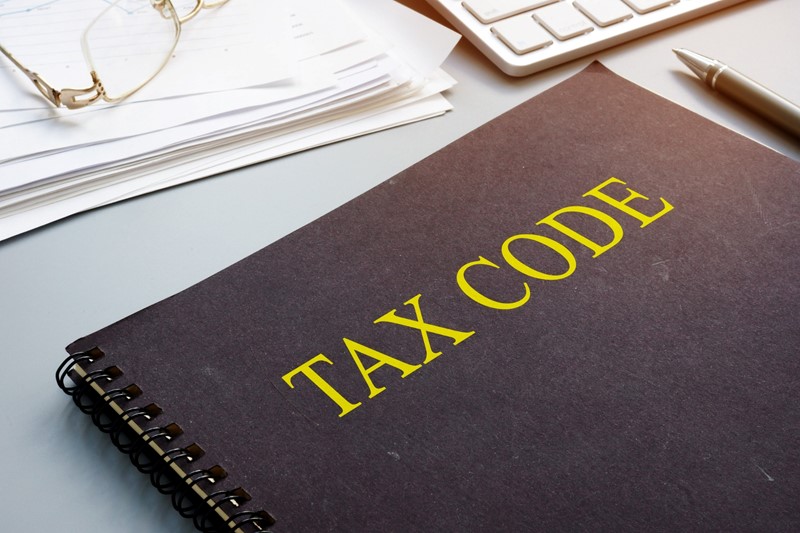If you have been in the same job for two years or more and are made redundant you will usually be entitled to redundancy money. The legal minimum that you are entitled to receive is known as ‘statutory redundancy pay’. There are exceptions where you are not entitled to statutory redundancy pay, for example, if your employer offers to keep you on or offers you suitable alternative work which you refuse without good reason.
The amount of statutory redundancy pay you are entitled to is dependent on your age and your length of service.
The payment is calculated based on the following calculations:
- Under 22 – half a week’s pay for each full year of service.
- Aged 22 to 40 – one week’s pay for each full year of service.
- Over 41 – one and half week’s pay for each full year of service.
Weekly pay is capped at £700, and the maximum length of service is capped at 20 years. In addition, the maximum statutory redundancy pay you can receive is capped at £21,000 in 2024-25. There are slightly higher maximums in Northern Ireland.
An employer can decide to make a higher payment, or you may be entitled to one as a result of your employment contract.
There is an overall £30,000 limit for redundancy pay which is tax free, regardless of whether this is your statutory redundancy pay or a higher pay-out from your employer.




